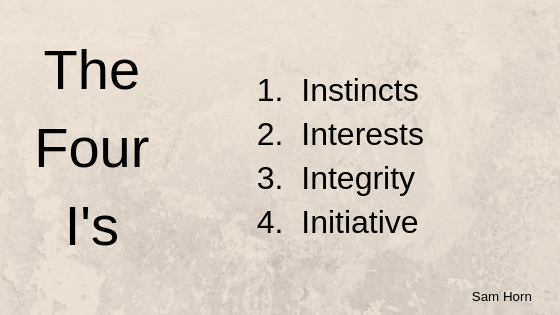Our passions give us power. Pursue them and discover greater purpose and delight in your life.
—Calm App Reflection
Purpose is the reason we journey.
Passion is the fire that lights our way.
When these two forces align, they ignite our lives with clarity and energy.
Purpose anchors us in our “why.” Passion fuels the drive to purse it.
Together they transform ordinary days into extraordinary days.
EXERCISE:
Reflect on one area of your life where your purpose and passions intersect.
What actions can and will you take today that will inspire and delight yourself and others in your world?







